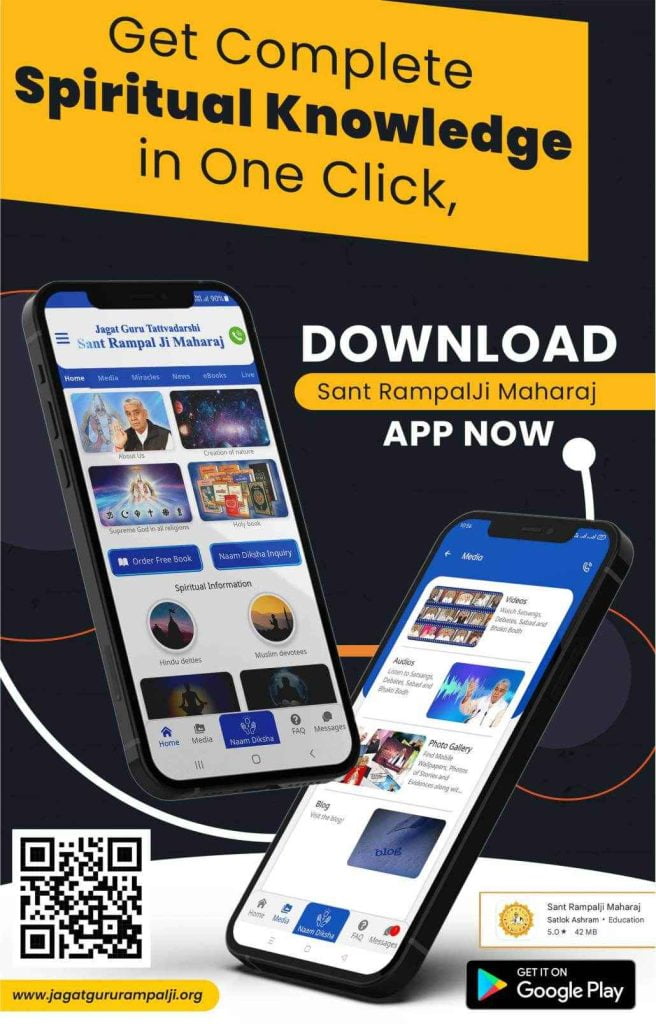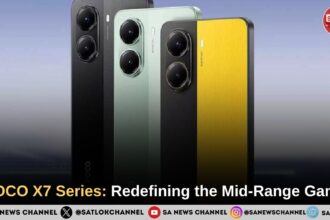In one of the historic shifts that could potentially constitute the digital scenario, Google is making efforts to merge Android and ChromeOS into one single operating system for any kind of device. The eventual aim for any device is to provide users with a seamless experience between phones, laptops, tablets, foldables, TVs, and wearables. The targeted launch of this new platform is around late 2025 to early 2026.
This unified operating system will remove the segregation between mobile and desktop environments and instead offer a kind of cohesion competing against Apple’s own tightly knit device network.
Why Is Google Merging Android and ChromeOS?
The two have worked side-by-side, split in their territories for over a decade, Android taking over mobiles and tablets, with Chrome OS being the operating system for Chromebooks and lightweight laptops, especially in a realm of usage attached to schools and educational institutions.

Now that user demand has been thriving, calling for interconnected experiences between devices, Google puts its focus on a “one platform for all” approach that seeks:
- Consistency of UI
- Smooth syncing of data
- Cross-device app functionality
- Simplified app development for developers
Similarly, it is lessening fragmentation, one long-time problem that Android has been facing.
What Will the Universal Google OS Look Like?
Although the name or UI of the unified OS has not yet been made official by Google, raw sources suggest an amalgam of Android’s versatility and superb app base with ChromeOS’s speed, security, and nice desktop-oriented productivity.
Some of the changes expected include:
- Universal apps that adjust to various screen sizes
- Improved multitasking for large-screen devices
- Better file sharing and copy-pasting across devices
- Better security with enterprise-level encryption
- Stronger AI integration for better personalization and increased efficiency
- The platform will likely support both touch and keyboard-mouse interaction, thereby catering to as many devices as possible, including hybrids and foldables.
How Will This Benefit Users and Developers?
For everyday users, the biggest advantage will be continuity and simplicity. Start an email on the phone, finish it on a laptop, and then give it an optional once-over on a tablet-without compatibility issues.
Also Read: Seeing the Unseen: USC’s Breakthrough in Light Conversion Lens Technology
For developers, this form of unification means a write-once-and-deploy-anywhere sort of scenario, whereby app development time and cost are significantly reduced.
Google can also pursue fastest updates, better privacy controls, and uniform hardware support across brands.
The Bigger Picture: Taking on Apple and Microsoft
Tech analysts consider this move as Google’s retort to Apple’s iOS, iPadOS, and macOS ecosystem, where devices are synchronized through iCloud, AirDrop, or Handoff.
Microsoft, on the other hand, is in the process of unifying its ecosystem by means of Windows 11, OneDrive, and its AI-powered Copilot assistant in an attempt to retain users within the ecosystem.
With the merging of these OSes, Google is apparently readying itself to take its stronger stance in a fight for ecosystem dominance, preparing a worthy contender across both budget and high-end devices.
When Will It Launch?
While there is no official announcement from Google itself, according to inside sources, a developer preview can be expected by the end of 2025 and before a more wide-scale release in mid-2026. These are believed to first appear on flagship Pixel devices, foldables, and Chromebooks.
There is also speculation for the new operating system to bear a completely new brand name with an intention of marking a new chapter in Google’s software journey.
The Future Is Here
The merging of Android and ChromeOS is more than just a technical integration, it’s a visionary step towards a unified, user-centric, AI-powered future. As digital lives become more connected across screens, Google’s all-in-one platform could redefine how we experience technology.
Stay tuned, because the future of computing may soon fit into one Google-powered system, no matter what device you’re on.
From Tech Unity to Soul Unity
With ongoing technological changes and with Google looking to merge Android with ChromeOS into a seamless platform, there is an ongoing quest for oneness, whether engulfing devices, systems, or experiences. Interestingly, this very technological vision echoes the spiritual truth as explained by Sant Rampal Ji Maharaj, wherein the spiritual glory of oneness needs to be established in human life with all caste, creed, religion, or ego-based separations.
While Google is trying to weave broken systems into one harmonious ecosystem, Sant Rampal Ji teaches to weave life with the Supreme God Kabir through true spiritual knowledge-Tatvagyan, away from all shattered directions of false beliefs and rituals of blind faith. So whichever way you look, the actual progress, be it digital or spiritual, is through simplicity, truth, and connectivity.
While Google is bringing together the walls set up between devices, Sant Rampal Ji Maharaj is bringing together these souls with God, hence drawing the roadmap for solace and salvation amidst the present chaotic times. Download Sant Rampal Ji Maharaj free app from Android/ ios play store.
FAQs about Google merging Android and ChromeOS
1. What is Google’s goal in merging Android and ChromeOS?
Ans. Google aims to create a single unified operating system that provides a seamless experience across all devices, phones, laptops, tablets, TVs, foldables, and wearables.
2. What user benefits are expected from this unified platform?
Ans. Users can expect cross-device syncing, universal apps, improved multitasking, better file sharing, enhanced security, and AI-driven personalization.
3. How will developers gain from the Android-ChromeOS merger?
Ans. Developers will benefit from a simplified “write-once-deploy-anywhere” environment, reducing development time and ensuring wider app compatibility.
4. When is the new unified Google OS expected to launch?
Ans. A developer preview is expected by the end of 2025, with a wider rollout anticipated by mid-2026, likely debuting on Pixel devices, foldables, and Chromebooks.
5. How does this move position Google against Apple and Microsoft?
Ans. It strengthens Google’s stance in the ecosystem race, challenging Apple’s tightly integrated iOS/macOS platforms and Microsoft’s Windows 11 with Copilot integration.









